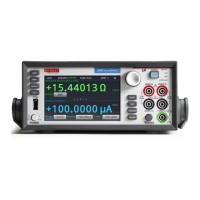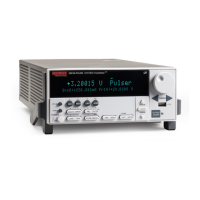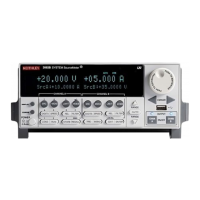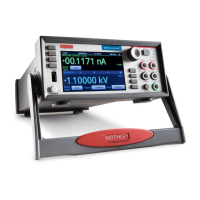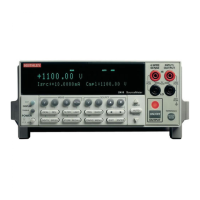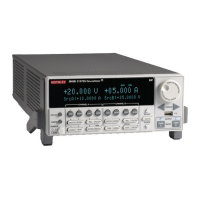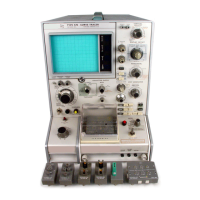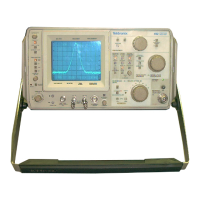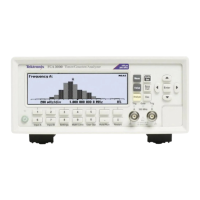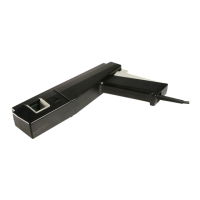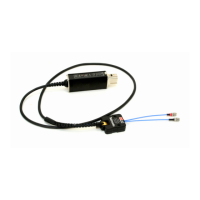For long delay times, the measurement process can become very long with some devices. You may
be tempted to speed up the test by using a shorter delay time. However, doing so is not
recommended because it is difficult to quantify the amount of accuracy degradation in any given
situation.
See QTsweep (equilibrium test) (on page 6-13) for details on the equilibrium test.
Figure 102: Choosing optimal delay time
Determining delay time with leaky devices
When testing for delay time on devices with relatively large leakage currents, it is recommended that
you use the corrected capacitance feature, which is designed to compensate for leakage current. The
reason for doing so is illustrated in the figure below. When large leakage currents are present, the
capacitance curve will not flatten out in equilibrium, but will instead either continue to rise (positive Q/t)
or begin to decay (negative Q/t).
Using corrected capacitance results in the normal flat capacitance curve in equilibrium due to leakage
compensation. Note, however, that the curve taken with corrected capacitance will be distorted in the
nonequilibrium region, so data in that region should be considered to be invalid when using corrected
capacitance. If it is necessary to use corrected capacitance when determining delay time, it is
recommended that you make all measurements on that particular device using corrected capacitance.
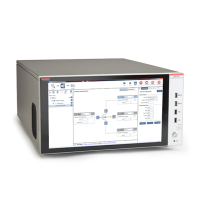
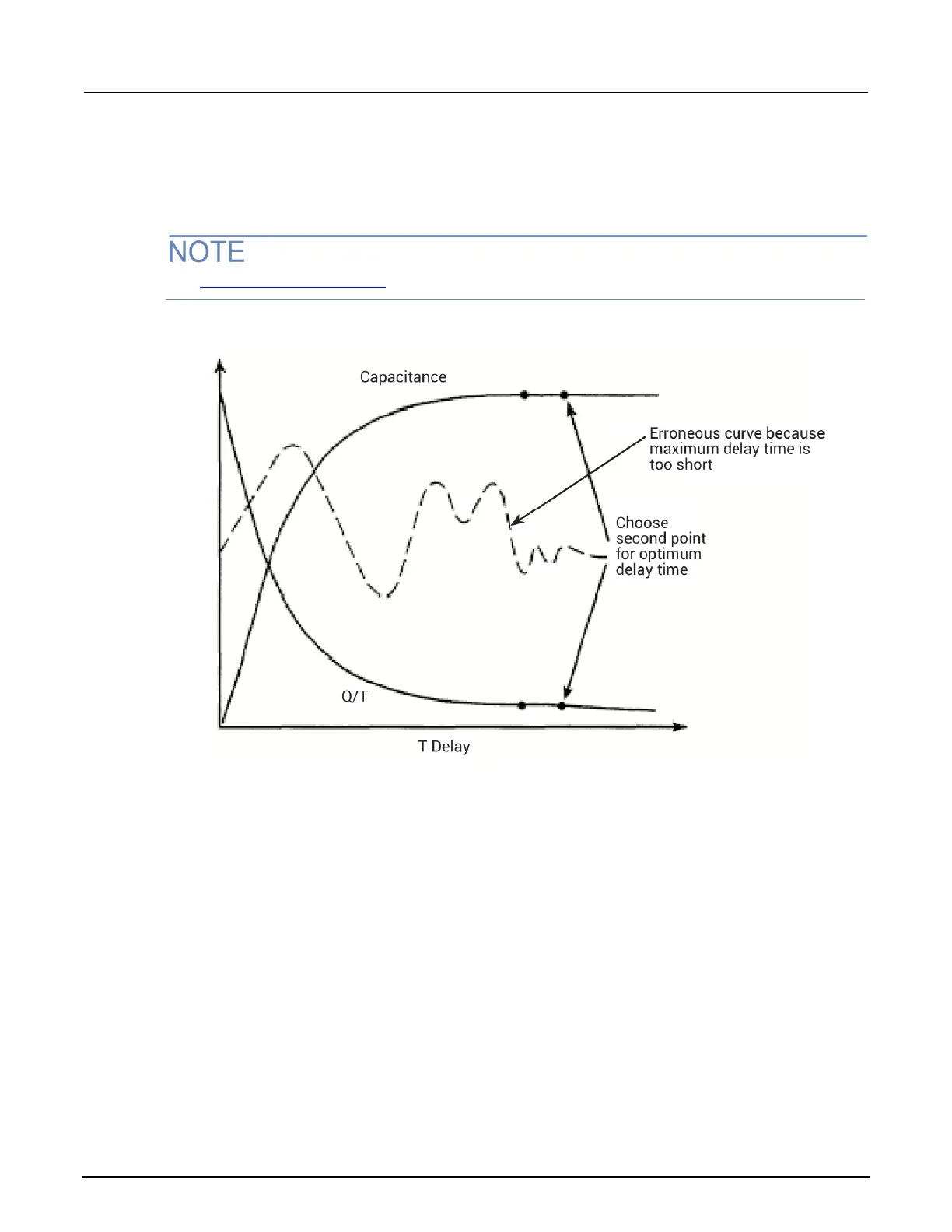